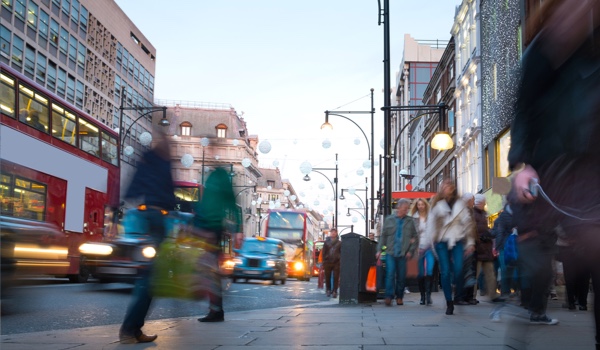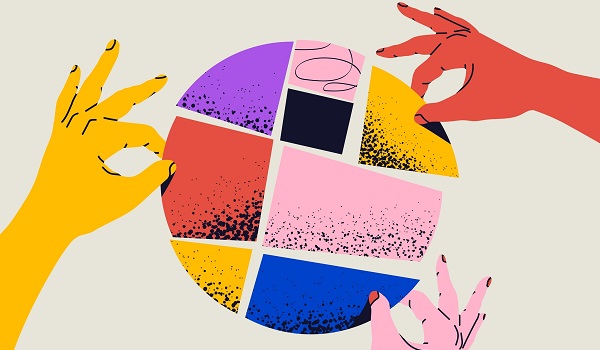


SAN FRANCISCO - In the realm of neuroscience, the quest to understand the complexities of the human brain has long been a daunting one. This is starting to change, however, as recent advancements in artificial intelligence (AI) and machine learning (ML) open new frontiers in understanding the brain's inner workings. Analysis of functional magnetic resonance imaging (fMRI) scans in particular is providing unprecedented insights into how the brain functions and is affected by various neurological conditions.
The analysis of fMRI scans is a key area in which AI’s impact is being felt the most. These scans provide a detailed look at the brain's activity by measuring changes in blood flow. By analyzing these patterns, researchers gain previously inaccessible insights into those areas of the brain active during specific tasks or in response to stimuli.
A team from the University of California, Berkeley conducted one of the pioneering studies in this field. Using an ML algorithm called a support vector machine, the researchers analyzed fMRI scans to predict which images participants were looking at.1 The algorithm trained on a dataset of fMRI scans paired with corresponding images, allowing it to learn the patterns of brain activity associated with different visual stimuli. The results were groundbreaking, demonstrating that AI is already capable of decoding complex brain activity patterns.
Another landmark study, led by researchers at the Massachusetts Institute of Technology, used AI to identify distinct patterns of brain activity associated with different thoughts. The team asked participants to think about various concepts - such as animals or tools - while undergoing fMRI scans.2 By analyzing the fMRI data with an ML algorithm, the researchers accurately identified the concept participants were thinking about based on their b
The content herein is subject to copyright by The Yuan. All rights reserved. The content of the services is owned or licensed to The Yuan. Such content from The Yuan may be shared and reprinted but must clearly identify The Yuan as its original source. Content from a third-party copyright holder identified in the copyright notice contained in such third party’s content appearing in The Yuan must likewise be clearly labeled as such. Continue with Linkedin
Continue with Linkedin
 Continue with Google
Continue with Google










 1098 views
1098 views







